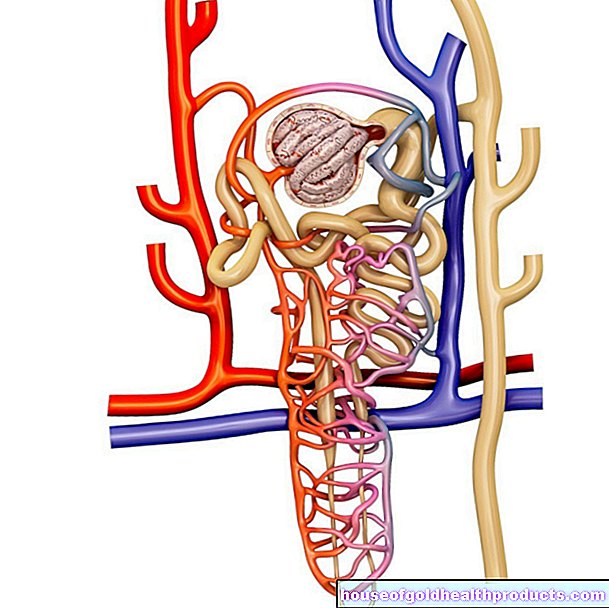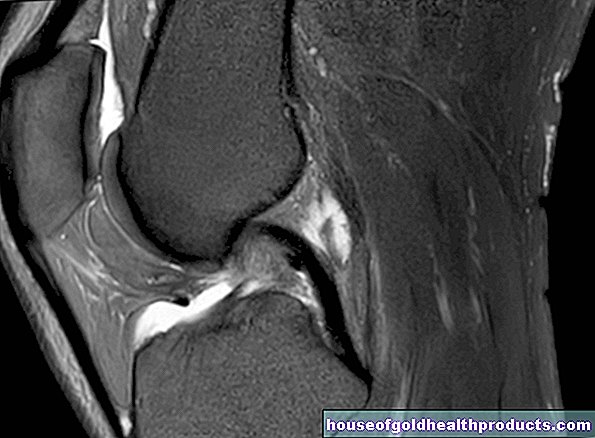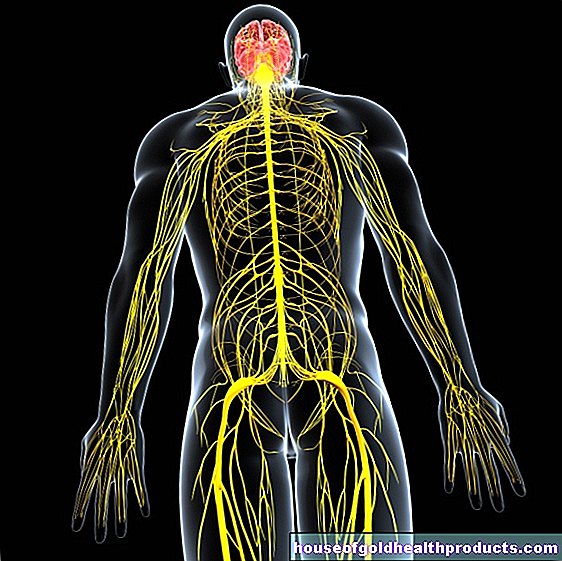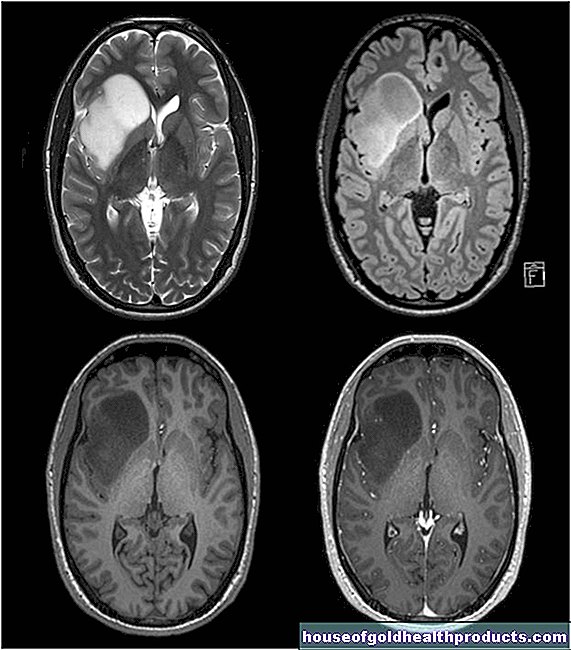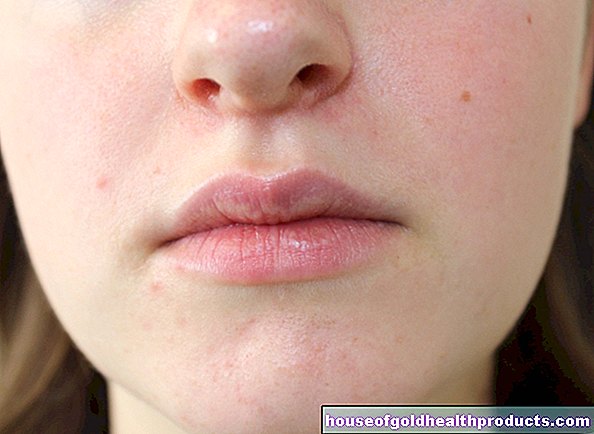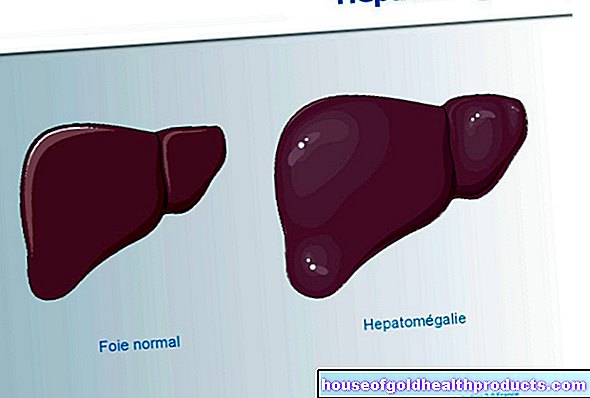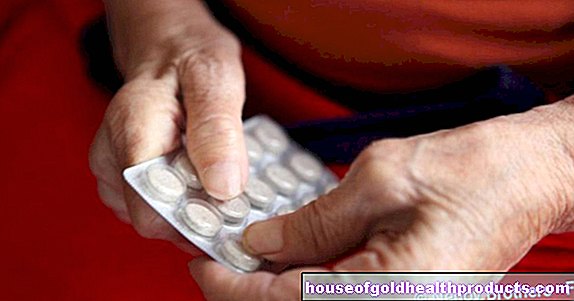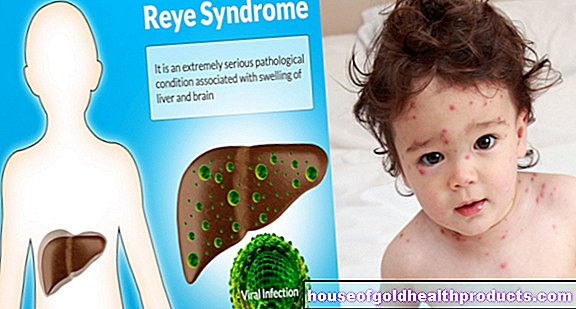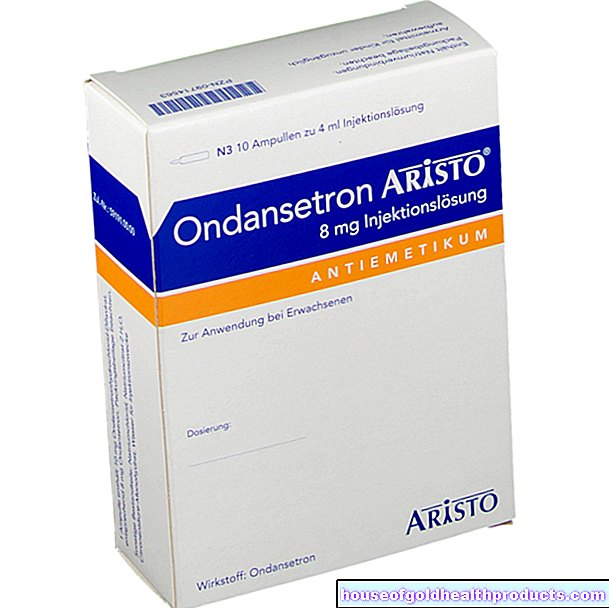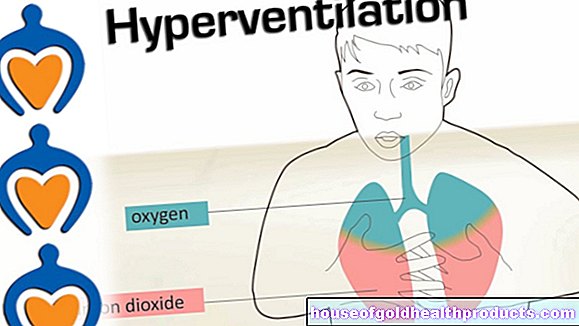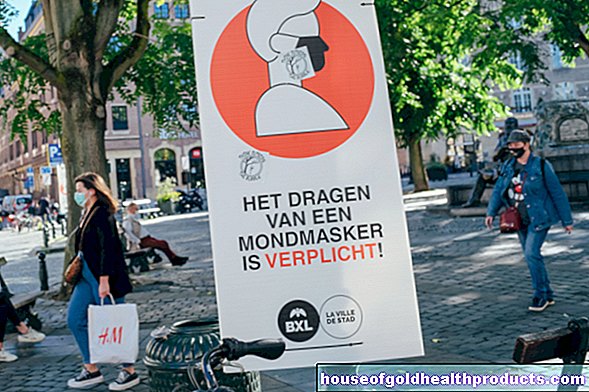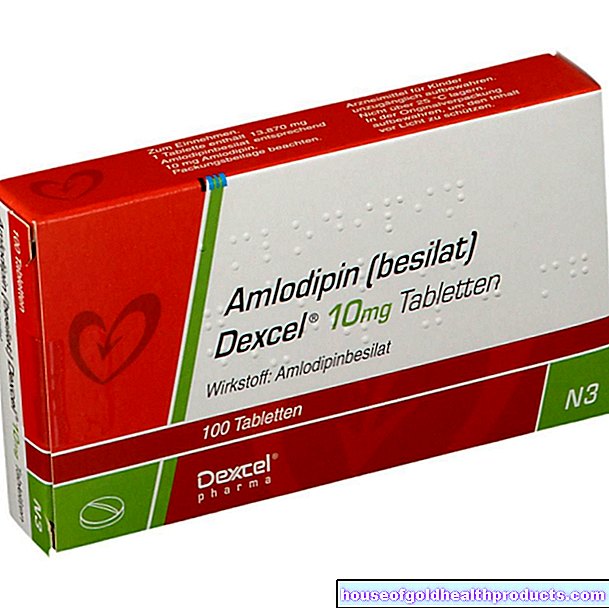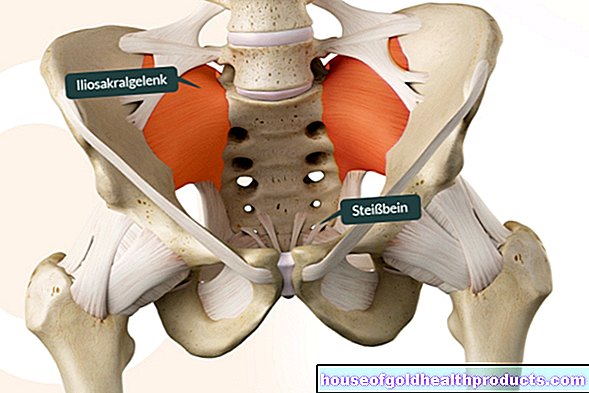Photodynamic Therapy
Valeria Dahm is a freelance writer in the medical department. She studied medicine at the Technical University of Munich. It is particularly important to her to give the curious reader an insight into the exciting subject area of medicine and at the same time to maintain the content.
More about the experts All content is checked by medical journalists.Photodynamic therapy (PDT) is a modern method for the treatment of tumors and skin diseases. For this purpose, a photosensitizer applied to the skin is irradiated with a special light and, with the help of the oxygen present in the skin, tissue-damaging (cytotoxic) substances develop. Read everything about photodynamic therapy, how it works and the risks it carries.

What is photodynamic therapy?
Photodynamic therapy uses photochemical processes to treat certain diseases. The chemical reactions triggered by light produce toxic substances for certain cell types that help to destroy pathologically altered tissue.
For photodynamic therapy, a so-called photosensitizer is applied to the area to be treated or injected into the tissue and irradiated with light of a certain wavelength. The photosensitizer is a chemical agent that is stimulated by radiation to form substances that are toxic to cells. This reaction is dependent on oxygen, which is naturally already in the tissue.
Cell damage (caused by photodynamic therapy is divided into primary cytotoxicity, which primarily damages cells, and secondary cytotoxicity, which affects the blood vessels. Since the photosensitizer is mainly concentrated in the diseased tissue, healthy tissue can be largely spared with this therapy .
When is photodynamic therapy carried out?
Photodynamic therapy plays a central role in the treatment of dermatological diseases.
- Skin cancer (basal cell carcinoma, squamous cell carcinoma, actinic keratosis, Bowen's disease, Kaposi's sarcoma, mycosis fungoides) and metastases of the skin
- Psoriasis vulgaris
- Acne (acne vulgaris)
- Warts (verrucae) caused by human papillomaviruses
Another area is palliative cancer medicine (palliative oncology), in which the disease can no longer be cured, but can be alleviated. The effectiveness of photodynamic therapy is limited by the low penetration depth of light. It is used for these types of cancer:
- Bladder cancer
- Early cancers of the lungs and esophagus
- Biliary tract cancer
- Breast cancer
- Brain tumors
Photodynamic therapy is also establishing itself in ophthalmology, for example in "age-related macular degeneration".
What do you do with photodynamic therapy?
Before the actual therapy, your doctor will ask about your health history and rule out contraindications such as allergies to the photosensitizer or pregnancy.
Now a photosensitizer, usually as a cream, is applied to the area to be treated (topical application) and should act for at least three hours. For this, 5-aminolevulinic acid has prevailed, which is metabolized into protoporphyrin in particular by tumor cells. If a photosensitizer is to act (systemically) throughout the body and to be administered via the blood vessels, the administration of porphyrins and their derivatives is preferred.
In the case of macular degeneration, on the other hand, a special dye - verteprofin - is administered. The targeted accumulation of the sensitizer in diseased cells is one of the greatest advantages of the “photodynamic therapy” treatment option, in addition to its ease of use.
In order for the photosensitizer to be activated, it must be irradiated with the aid of a laser. Only the absorption of light of the correct wavelength leads to the activation of the respective substance. One also speaks of an energetically higher state through which the substance is able to transfer energy to oxygen that is already present in the tissue.
This is converted into a more energetic form (singlet oxygen), which can damage cells and their components through their chemical reactivity, which is why the term oxygen radical is also used.
The primary cell damage (cytotoxicity) takes place on the components and the membrane of the cells. The secondary cytotoxicity leads through effects on the blood vessels to an undersupply and ultimately to the death of the diseased or degenerated cells.
The actual photodynamic therapy only lasts 10 to 30 minutes and is usually repeated every week. So that you do not feel any pain during the treatment and afterwards, you will be given either pain reliever medication or pain reliever gels or creams.
What are the risks of photodynamic therapy?
Side effects cannot be ruled out with photodynamic therapy, but they rarely occur:
- Pain during radiation
- Reddening of the skin (erythema)
- Water retention (edema)
- Pustules
- superficial skin injuries (erosions)
- dark discoloration (hyperpigmentation) of the skin
- Allergies to the photosensitizer
- Crust formation through the rejection of destroyed cell layers
- Scarring
- on the eye: visual acuity deterioration up to blindness
What do I have to consider after photodynamic therapy?
Since the photosensitizers make it extremely sensitive to light, you must protect yourself from sunlight and other strong light sources, especially laser light, for at least a month after a treatment.
Your doctor will tell you how long to stay out of the sun and what creams and soaps to use to care for the treated areas. If photodynamic therapy was used to treat macular degeneration, it is advisable to wear sunglasses for some time.
Tags: alcohol stress digital health


